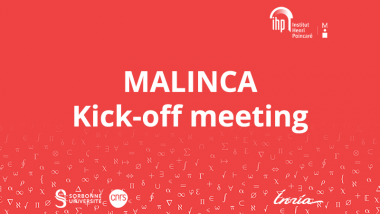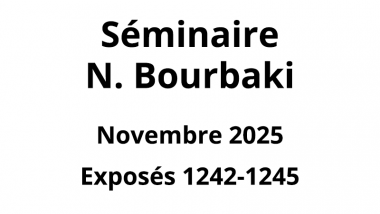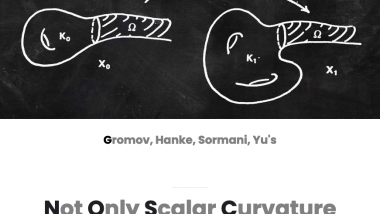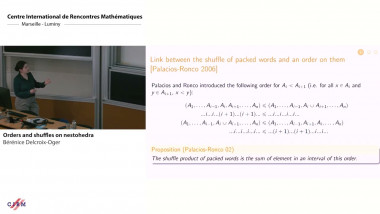Microtubules (MT) a key target in oncology: mathematical modeling of anti-MT agents on cell migration
Apparaît dans la collection : 2022 - T1 - WS1 - Tissue growth and movement
Microtubules (MTs) are protein filaments found in all eukaryotic cells which are crucial for many cellular processes including cell movement, cell differentiation, and cell division, making them a key target for anti-cancer treatment. In particular, it has been shown that at low dose, MT targeted agents (MTAs) may induce an anti-migratory effect on cancer and endothelial cells, leading to new prospects in cancer therapy. In that context, we propose to better understand the role of MT dynamics and thus of MTAs on cell migration using a mathematical cell centered model of cell migration taking into account the action of microtubules in the process. The model use a fluid based approach that describes, through level-set techniques, the deformation of the membrane during cell migration. The fluid part of the model is mainly composed of Stokes equations and the biochemical state of the cell is described using Reaction-Diffusion equations. Microtubules act on the biochemical state by activating or inactivating proteins of the Rho-GTPases family. The numerical simulation of the model is performed using Discrete Duality Finite Volume techniques. We describe the different schemes used for the simulation, focusing on the adaptation of preexisting methods to our particular case. Numerical simulation are performed, showing a realistic behavior of the simulated cells in term of shape, speed and microtubules dynamics. Different strategies for a depolymerizing MTA (Vincristin) mechanisms are investigated and show the robutness of our model.












